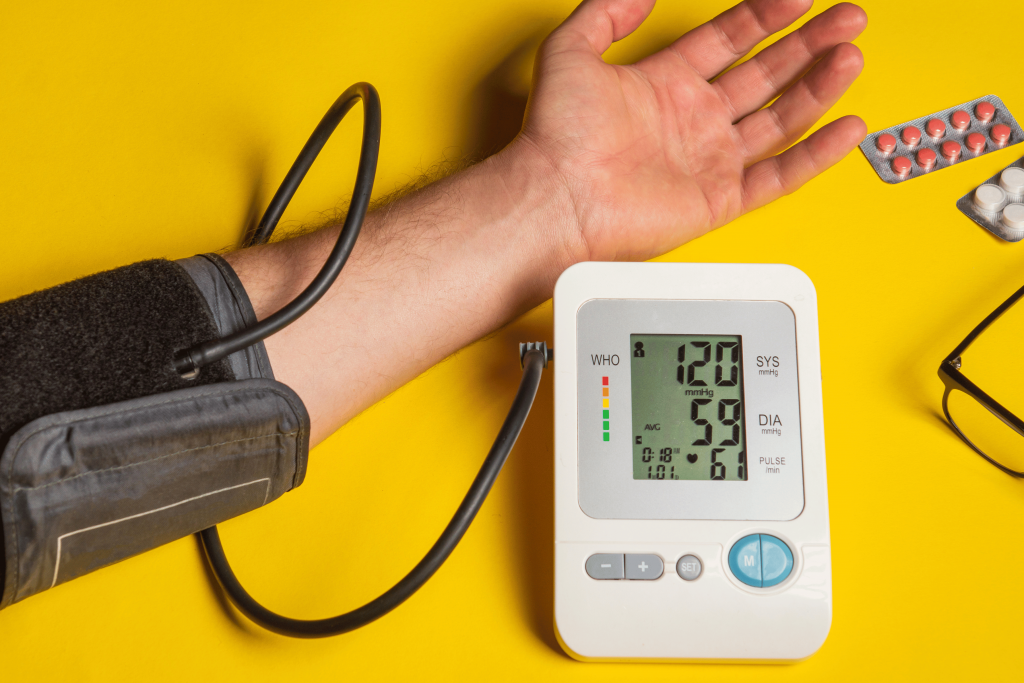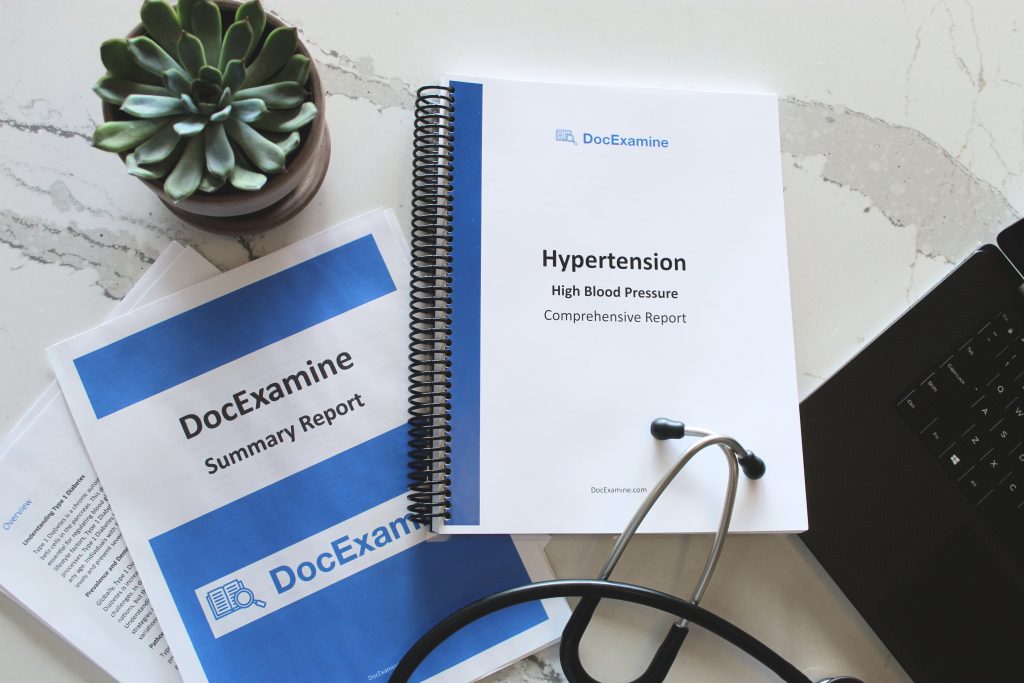
Blood pressure is one of the most important indicators of your heart health, yet many people don’t fully understand what the numbers really mean. In this guide, we’ll break down the basics: what high blood pressure is, how readings are determined, and what counts as “normal.”
What Is Blood Pressure?
Blood pressure is the force exerted by circulating blood on the walls of your arteries. Every time your heart beats, it pushes blood through your vessels. This pressure is measured in millimeters of mercury (mmHg) and is recorded as two numbers:
- Systolic Pressure: The top number indicates the pressure in your arteries when your heart beats and pumps blood.
- Diastolic Pressure: The bottom number measures the pressure when your heart is at rest between beats.
Why Are There Two Numbers?
Both numbers are important because they tell different parts of your cardiovascular story:
- Systolic Pressure reflects how much pressure your blood is exerting against your artery walls when the heart is contracting. A high systolic reading can mean that your heart is working too hard.
- Diastolic Pressure shows the pressure in your arteries when your heart is resting between beats. This number indicates how well your blood vessels are relaxing.
Understanding the difference helps in assessing risks for heart disease, stroke, and other conditions.

What Is a Normal Blood Pressure Reading?
Generally, a normal blood pressure reading for most adults is about 120/80 mmHg. Here’s a quick breakdown:
- Normal: Less than 120 mmHg systolic and less than 80 mmHg diastolic.
- Elevated: Systolic between 120-129 mmHg and diastolic less than 80 mmHg.
- Hypertension Stage 1: Systolic between 130-139 mmHg or diastolic between 80-89 mmHg.
- Hypertension Stage 2: Systolic at least 140 mmHg or diastolic at least 90 mmHg.
It’s important to note that “normal” can vary based on your age, overall health, and other risk factors. For example, some guidelines suggest slightly different targets for older adults or for people with certain conditions like diabetes.
How to Interpret Your Blood Pressure Readings
When you or your doctor check your blood pressure, remember these key points:
- Context Is Key: A single reading might not give the full picture. Blood pressure can fluctuate throughout the day due to stress, physical activity, or even caffeine.
- Monitor Over Time: It’s recommended to check your blood pressure several times over different days and at various times to understand your typical range.
- Home Monitoring vs. Office Readings: Often, readings taken at home (when you’re relaxed) can be more accurate than those taken in a busy doctor’s office.
- When to Seek Help: Consistently high readings (e.g., 130/80 mmHg or above) may indicate that you need lifestyle changes or medication. Always discuss your readings with your healthcare provider.
Tips for Maintaining Healthy Blood Pressure
- Diet: Follow a balanced diet rich in fruits, vegetables, whole grains, and lean proteins. The DASH diet (Dietary Approaches to Stop Hypertension) is often recommended.
- Exercise: Regular physical activity can help keep your blood pressure in check.
- Lifestyle: Avoid excessive salt intake, manage stress, limit alcohol consumption, and quit smoking if possible.
- Regular Monitoring: Keeping a log of your readings can help you and your doctor track trends over time.
Conclusion
Understanding your blood pressure is the first step toward taking control of your heart health. By knowing what the numbers mean and how they affect your body, you can make more informed decisions about lifestyle choices and treatment options. Regular monitoring—whether at home or with your doctor—is essential in keeping your blood pressure within a healthy range.
Read More
- Top Natural Remedies for High Blood Pressure: What Actually Works?

- Is High Blood Pressure Hereditary? Genetics vs. Lifestyle Factors

- Hypertension vs. High Blood Pressure: What’s the Difference?

Sources
- Mayo Clinic: Blood pressure chart: What your reading means
- WebMD: Frequently Asked Questions About High Blood Pressure
- American Heart Association: What is High Blood Pressure?
- Blood Pressure UK: Frequently Asked Questions


